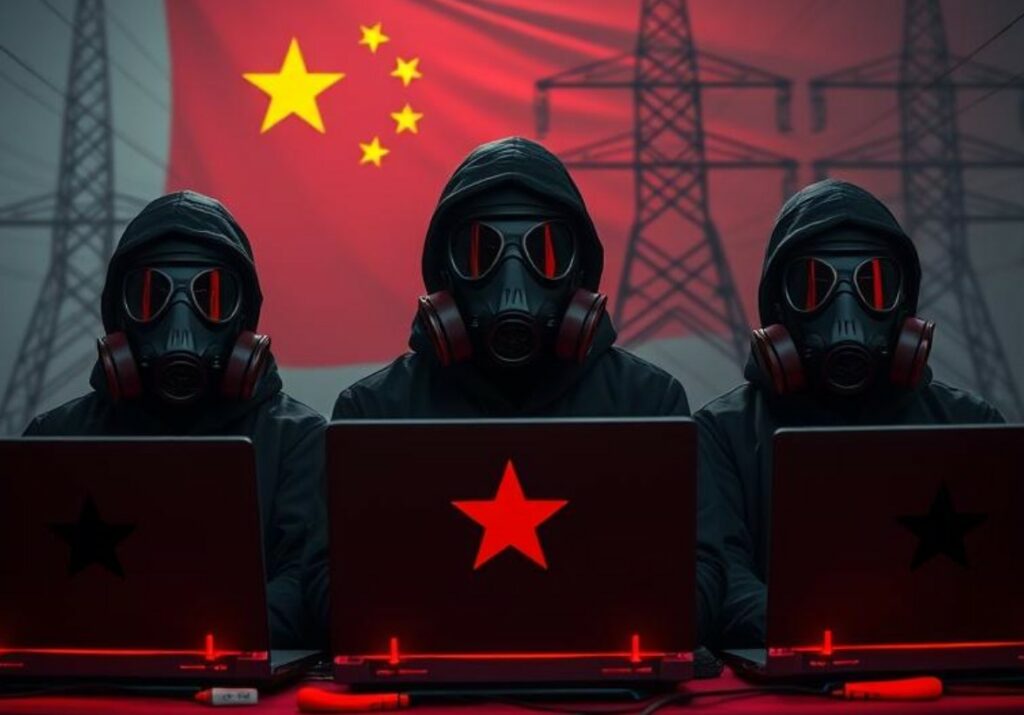
The Australian Security Intelligence Organisation (ASIO) has raised the alarm about the readiness of authoritarian states to go beyond cyber espionage to directly sabotage critical infrastructure.
Mike Burgess, head of the Australian Security Intelligence Organisation (ASIO), said foreign governments were increasingly considering targeting energy, telecommunications and financial networks using technology for destructive cyberattacks.
According to the agency head, in recent years, intelligence agencies have observed a growing interest by several states in “high-impact” scenarios, from disrupting communications to spoofing or poisoning water supplies.
Such actions, Burgess emphasized, are no longer just theoretical . According to ASIO, several countries have created special teams studying how to paralyze other states’ infrastructure in the event of a conflict. While previously the goal of these structures was to secretly obtain data and interfere with internal processes, they are now preparing for sabotage.
The situation, he believes, is exacerbated by a combination of factors: the development of artificial intelligence, the emergence of commercial cyberattack tools, and the ability to rent malicious services on the darknet . These trends make access to sabotage tools significantly easier and the perpetrators more difficult to track down.
The agency predicts that over the next five years, the threat of sabotage, including through digital means, will increase both in terms of attackers’ technical preparedness and their determination to act.
Burgess noted that modern threats are not only becoming more numerous, but also less distinct. ASIO estimates that the same actors may be combining intelligence, cyberattacks, and the use of criminal proxies, blurring the lines between military and criminal activity. These trends, he argued, are leading to a “degraded security environment,” in which states adhering to authoritarian models are acting increasingly aggressively and less predictably.
He cited the Chinese groups Salt Typhoon and Volt Typhoon as examples. The former specializes in cyberespionage and has already conducted reconnaissance on Australian telecommunications networks, while the latter was preparing for destructive operations, gaining access to critical US facilities with the potential to disable them.
Such intrusions, the ASIO director stressed, provide an adversary with the technical ability to disable communications or power supply at any time, and in such circumstances, further developments depend solely on political will, not the availability of tools.
He paid particular attention to the problem of companies’ unpreparedness for such threats . In his opinion, most business incidents occur due to well-known vulnerabilities and the neglect of basic security measures. Although the risks have long been identified, management often perceives cyber attacks as unexpected. At the same time, he emphasized, protecting against sabotage requires the same management approaches as monitoring internal failures, thefts, or incidents.
Burgess urged companies to abandon a superficial approach to security and move beyond presentations and reports. He emphasized that executives must clearly understand which data, systems, and services are critical to the company and its customers, where they are stored, who has access to them, and how well they are protected. Only then can they build a cohesive security system that eliminates gaps between departments and siloed solutions.
According to the ASIO head, the lack of comprehensive measures cannot be justified by either the complexity of the technologies or the lack of resources. If the risks are foreseeable and the vulnerabilities are known, inaction becomes a deliberate breach of security.
He stressed that ignoring these threats in the current context is unacceptable, especially considering that potential adversaries already have everything they need to attack infrastructure, including artificial intelligence capabilities.
Follow us on Google News to receive daily updates on cybersecurity. Contact us if you would like to report news, insights or content for publication.
